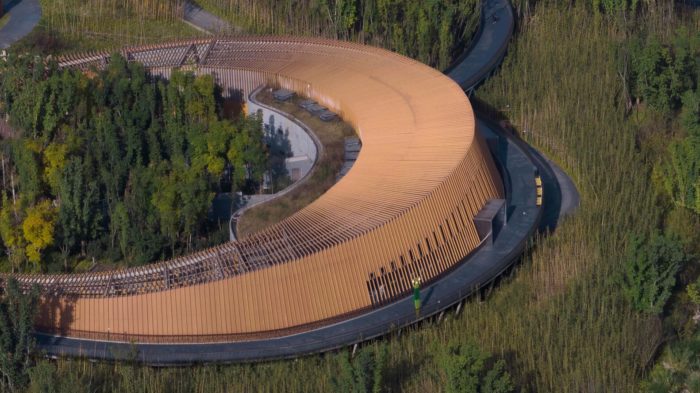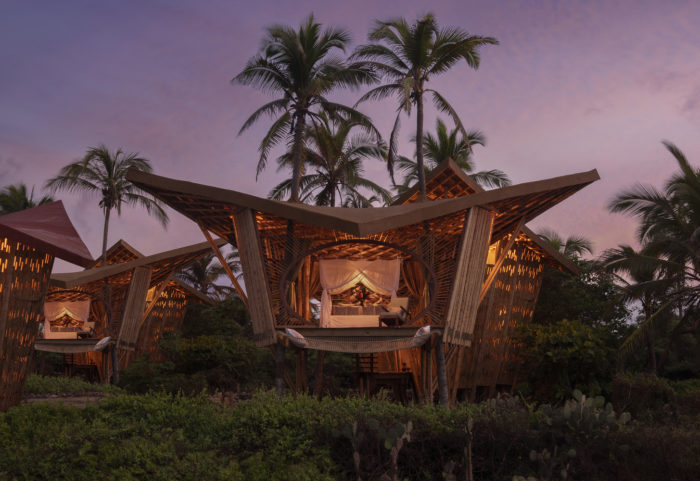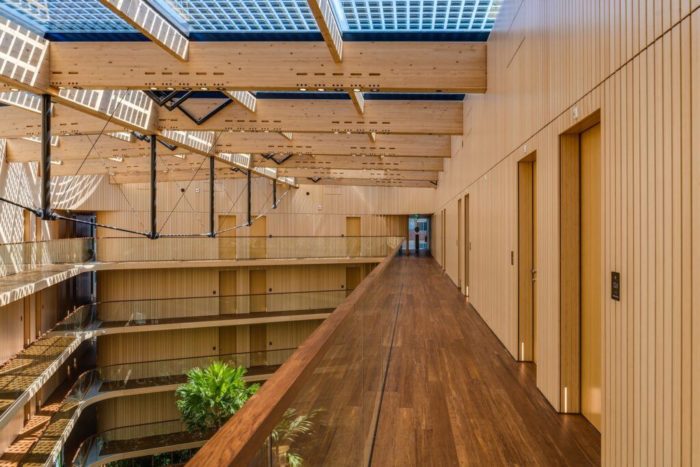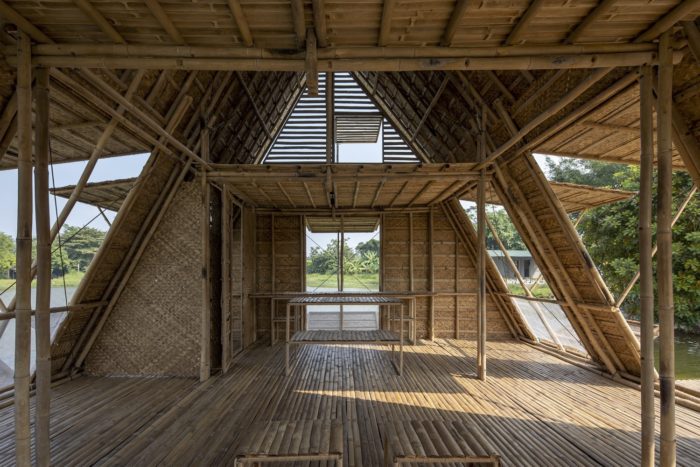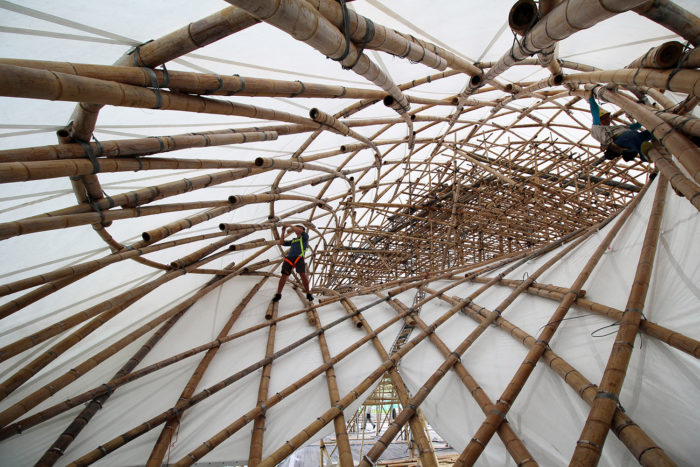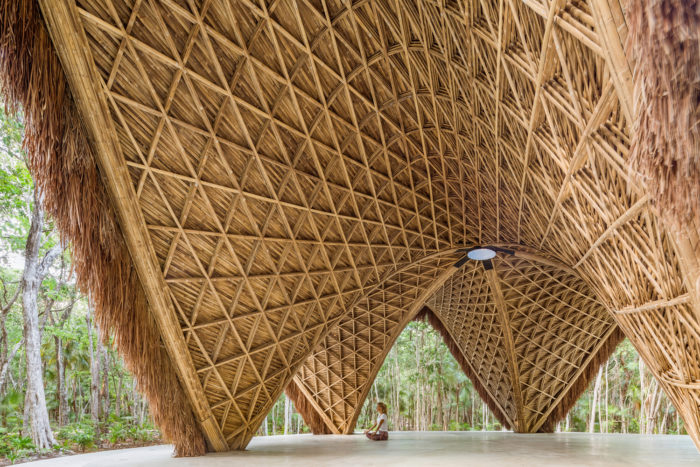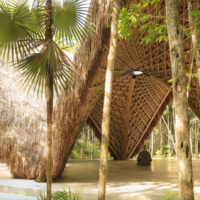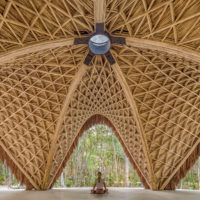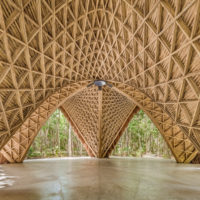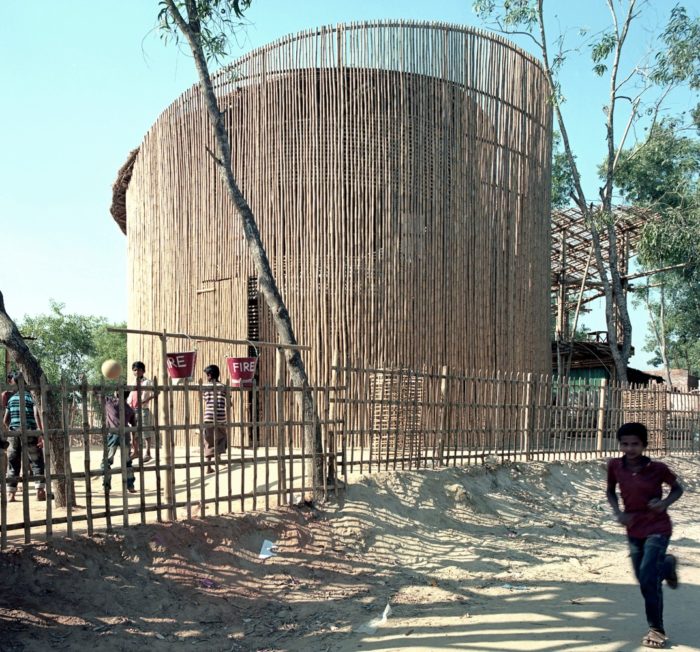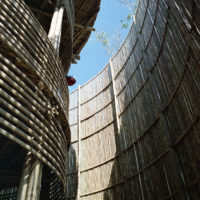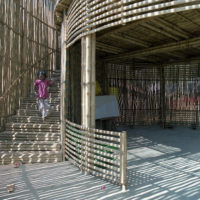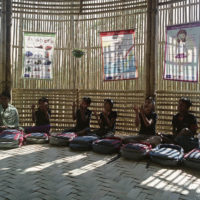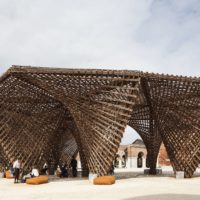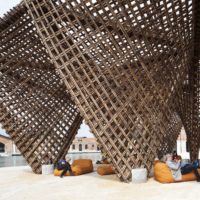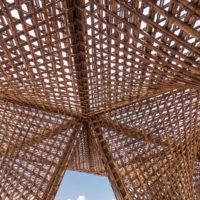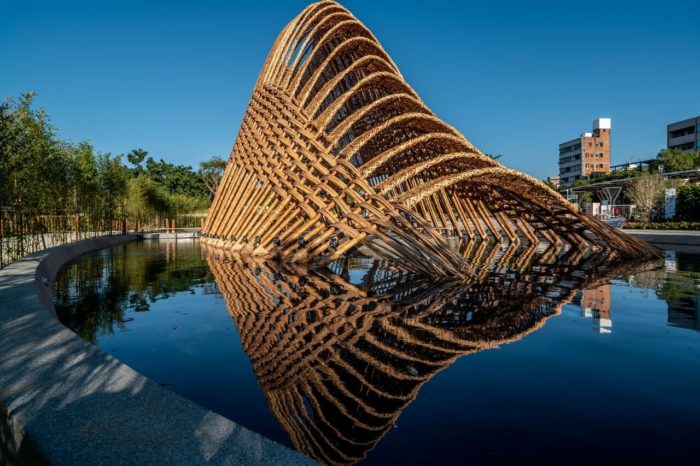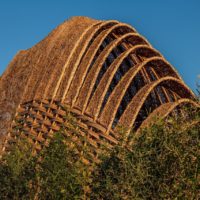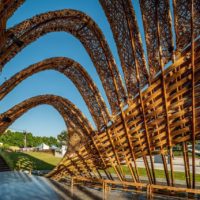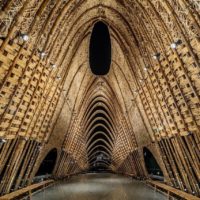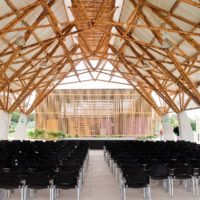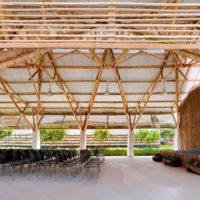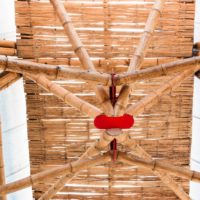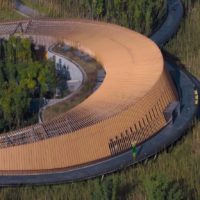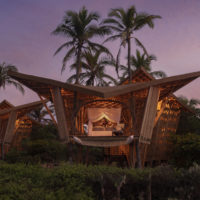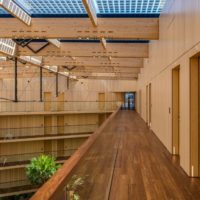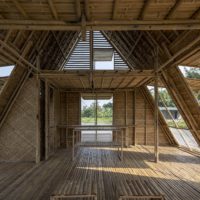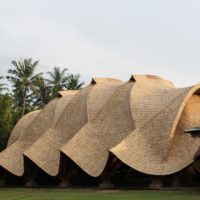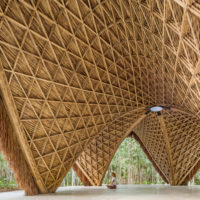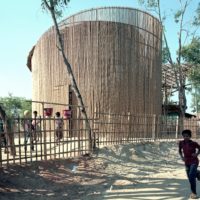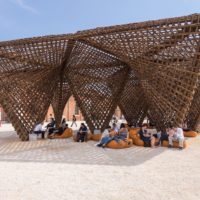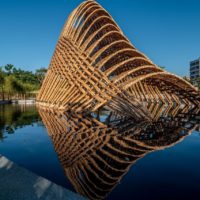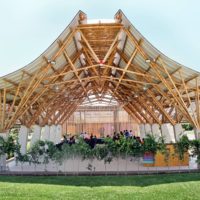If you’re unfamiliar with Bamboo, you might think of it as just another type of wood. But Bamboo is a highly versatile and durable material used for centuries in various applications. From furniture and flooring to clothing and food, it has a surprising range of uses, making it an appealing choice for those who want a sustainable and eco-friendly alternative to traditional materials. This article examines what makes it unique and how it can be used.
Why All the Fuss About Bamboo?
With more individuals and business owners making more environmentally-conscious decisions, more sustainable building materials are being considered. This is why materials like Bamboo are gaining more popularity in construction, as it has traditionally proved to be a sustainable and durable building material in our modern times.
As a plant, Bamboo can be harvested all around the world. Indeed, it is primarily found in tropical and subtropical regions. However, it still adapts to various other areas of the world and different climate conditions—it regenerates itself into very different types. While as a building material, Bamboo has the potential for endless innovative shapes and forms. It is strong enough to carry the structural loads of a building and flexible enough to bend and create unconventional forms.
Related Article: How to Bend Bamboo?
What are the Advantages of Bamboo?
-
Availability
Bamboo is one of the world’s fastest-growing plants, with some types that can grow up to 35 inches daily.
-
Strength and Flexibility
Bamboo is classified as a grass and not a wood plant. However, it is solid and gets more challenging over the years. Moreover, -and unlike wood-it is lightweight and flexible.
-
Sustainability
As previously mentioned, Bamboo is a fast-growing plant, meaning it is safe to use in large amounts and even safer for the environment to plant in large quantities—planting it protects the soil from erosion and absorbs more tons of CO2 than other plants.
-
Easy Installation
Because it is a lightweight and flexible building material, it is easy to handle, transport, and install.
-
Versatility
Bamboo can be used for various applications within and outside the construction field. It is also used in the food, paper, and fabrics industries.
How is Bamboo Used in Construction?
-
Walls
Bamboo’s flexibility and natural aesthetics make it a good choice for wall construction.
Also Read: Why Trombe Wall Is the Absolute Lifesaver We All Need Right Now?
-
Flooring
Although it looks like wood flooring, it is far more sustainable because Bamboo grows faster than trees.
-
Roofing
Bamboo’s compressive strength, durability, and flexibility make it a perfect fit for roof systems.
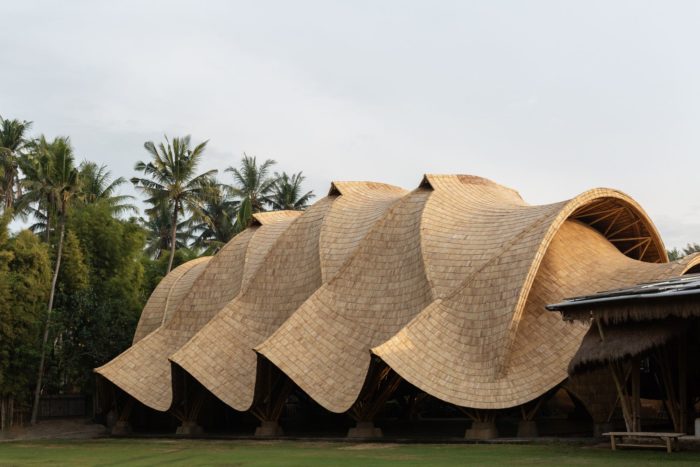
The Arc at Green School l BUKU. © Tommaso Riva
-
Scaffolding
Bamboo is widely used for scaffolding as it is easily assembled and disassembled.
Examples of Bamboo in Architecture Projects
Bamboo has been utilized in many architectural projects for its strength and eco-friendliness. The following projects showcase the versatility of Bamboo in creating a structurally sound and aesthetically pleasing design. Let’s explore these alluring designs.
1) Luum Temple | CO-LAB Design Office – Tulum, Mexico
Inspired by concrete shell structures, COL-LAB wanted to achieve the same forms but more sustainably, so they decided on Bamboo. The arched vaults support each other, co-exist in structural dependency, and remind the community of interdependence.
The technique included bending and assembling flat sections of Bamboo on-site to create the arched beams connected through screws to work as one element. The structure was furtherly strengthened and stabilized by a structural triangular pattern and two continuous layers of a tightly bamboo lattice.
- © CO-LAB Design Office
- © CO-LAB Design Office
- © César Béjar
2) Ukhia Schools l Kashef Chowdhury l URBANA – Bangladesh
This school was designed to be built in the Rohingya refugee camps, one of the largest refugee camps in the world. Faced with the challenge of government restrictions on using permanent construction materials, including cement, brick, steel, etc.
The structure of the school is all Bamboo: walls, stairs, floors, and roofs. Moreover, traditional techniques connected bamboo pieces using ropes and strings instead of nails and clamps. The project was designed and detailed in three days and constructed in a month.
- © Kashef Chowdhury
- © Kashef Chowdhury
- © Kashef Chowdhury
3) Bamboo Stalactite / VTN Architects – Venice, Italy
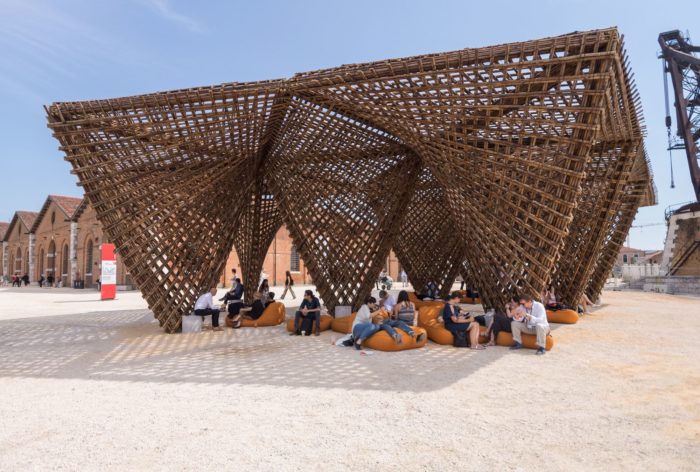
© Francesco Galli
Bamboo Stalactite is one of Venice’s famous landmarks despite its small size. It’s a community space that’s shared equally by everyone. The architects wanted this space to be easy to read and realize. Hence they used a simple structure with low production costs. Bamboo, with its unparalleled flexibility, structurally speaking, allowed the design team to learn the project with limited resources. Moreover, the space was flexible in terms of its atmosphere as well. Bamboo creates spaces connecting its users with nature’s beauty, the sun, wind, and the sea.
- © Francesco Galli
- © Francesco Galli
- © Francesco Galli
4) Bamboo Pavilion | ZUO STUDIO – Taiwan
Following the theme of Taichung World Flora Exposition -Formosa Beauty of Taiwan- we get the image from Central Mountain Range, making the outlook of the Bamboo Pavilion seems like emerging from the earth like a seed and floating on a pool of water. Both the inside and the outside environments embrace wildlife without fighting it. The effect is similar to that of wandering through a bamboo grove.
The perception of the user resembles walking through a bamboo forest, which enhances the human experience. They could look at the sky above the forest top when raising their heads. “Bamboo Pavilion” is a metaphor for architecture’s footprint, like a seed that has been spread and grown, symbolizing our hope and dream of the future- offering a more habitable environment to the next generation.
- © SHIH-HONG, YANG
- © SHIH-HONG, YANG
- © SHIH-HONG, YANG
5) Bamboo Auditorium | Instituto de Vivienda, Urbanismo y Construcción de la USMP – Santiago de Surco, Peru
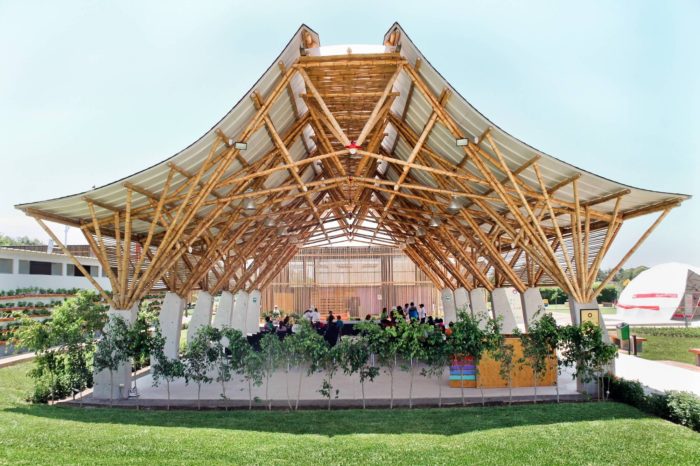
© Yann Barnett
The innovative design of this auditorium promotes an architecture with reduced environmental impact through eco-friendly materials such as Bamboo and wood. It should be noted that the Bamboo used is the Guadua Angustifolia species, coming from local producers, pointing out the importance of using renewable resources for a sustainable future.
An innovative curved roof was designed to highlight the structural versatility of Bamboo and develop new construction techniques. At the top of it, the two roof sections are separated by a zenithal opening that lets a filtered light penetrate through opened Bamboo. Openings on both sides allow air to escape, providing adequate natural ventilation.
- © Yann Barnett
- © Yann Barnett
- © Yann Barnett
In conclusion, Bamboo is a remarkable natural resource that has proven versatile and durable in various architectural projects. Its eco-friendliness and strength make it an ideal material for sustainable construction. The examples showcased demonstrate the potential of Bamboo to create innovative and beautiful designs. As we seek sustainable and environmentally friendly solutions, it is clear that Bamboo will continue to play a significant role in the future of architecture and construction.
- The Panda Pavilions Zoo l EID Architecture. © Arch-Exist
- Bamboo Treehouses at Playa Viva l Atelier Nomadic. © AVABLU
- © MOSO® Bamboo
- Floating Bamboo House l H&P Architects. © Le Minh Hoang
- The Arc at Green School l BUKU. © Tommaso Riva
- © César Béjar
- © CO-LAB Design Office
- © CO-LAB Design Office
- © César Béjar
- © Kashef Chowdhury
- © Kashef Chowdhury
- © Kashef Chowdhury
- © Kashef Chowdhury
- © Francesco Galli
- © Francesco Galli
- © Francesco Galli
- © Francesco Galli
- © SHIH-HONG, YANG
- © SHIH-HONG, YANG
- © SHIH-HONG, YANG
- © SHIH-HONG, YANG
- Photography by Yann Barnet
- © Yann Barnett
- © Yann Barnett
- © Yann Barnett


